Introduction to Semi-Trailers
Semi-trailers are an integral part of the transportation and logistics industry, playing a crucial role in the movement of goods across various distances. Selected for their versatility and reliability, semi-trailers connect with commercial vehicles, providing an efficient way to load and transport cargo. The semi-trailer not only enhances capacity but also optimizes fuel efficiency, making it an indispensable asset for businesses.
As a manufacturer of semi-trailers, it is essential to understand the nuances of different types, their specifications, and the advantages they offer. This article covers in-depth information about semi-trailers, exploring different kinds, their functionalities, and how to choose the right one for your specific needs.
Understanding Types of Semi-Trailers
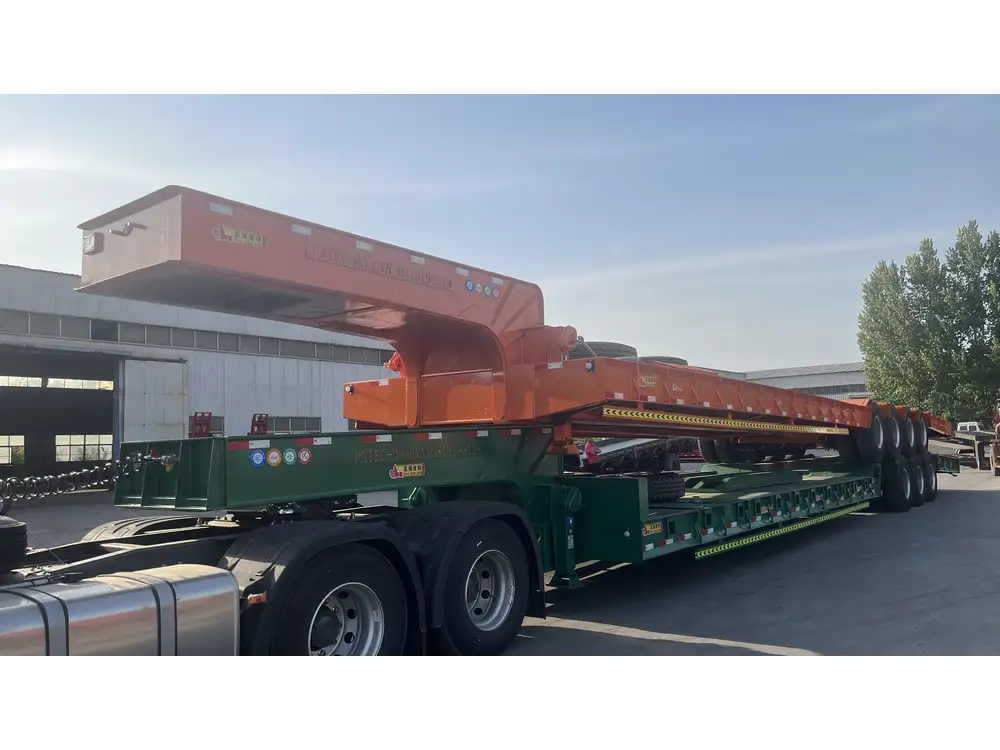
1. Flatbed Semi-Trailers
Flatbed semi-trailers are designed for transporting heavy loads that do not require protection from the elements. They feature no sides or roof, allowing for easy loading and unloading from various angles.
| Advantages | Limitations |
|---|---|
| Versatile loading options | Exposed cargo requires protection |
| Ideal for oversized and heavy loads | Securement methods must be robust |
| Suitable for a variety of freight types | Not suitable for fragile items |
2. Dry Van Semi-Trailers
Dry vans provide a fully enclosed space for transporting cargo, ensuring that freight remains safe from weather-related damages.
| Advantages | Limitations |
|---|---|
| Complete protection from the elements | Limited access for loading/unloading |
| Ideal for general freight transport | Might be heavier, affecting fuel efficiency |
3. Refrigerated Semi-Trailers
Also known as reefers, these trailers are equipped with temperature-controlled settings, ideal for transporting perishable goods.
| Advantages | Limitations |
|---|---|
| Maintains specific temperatures | Higher initial investment costs |
| Essential for food and medical transport | Requires more maintenance |

4. Lowboy Semi-Trailers
Lowboy trailers are designed for hauling heavy machinery and equipment, providing a lower deck that allows for a greater center of gravity.
| Advantages | Limitations |
|---|---|
| Excellent for heavy loads | Limited height clearance |
| Lower center of gravity enhances stability | Requires special permits in many cases |
5. Moving Van Semi-Trailers
Designed for relocating households or companies, moving vans combine loading conveniences with space for storage.
| Advantages | Limitations |
|---|---|
| Customized for residential and commercial moves | Limited to specific cargo types |
| Often come with additional loading features | Require experienced movers for best results |
Factors to Consider When Choosing a Semi-Trailer

Payload Requirements
Understanding the payload requirements is essential. Depending on the materials and goods transported, the semi-trailer must have the correct capacity and weight allowance.
Durability and Construction Material
Choose a semi-trailer made from high-quality, durable materials. Steel and aluminum are common choices, each having its specific benefits concerning weight, corrosion resistance, and cost.
Size and Dimensions
Different transport needs require various sizes and dimensions. Analyze your cargo size and plan around standard semi-trailer dimensions, keeping in mind the regulations regarding height, width, and length in different jurisdictions.
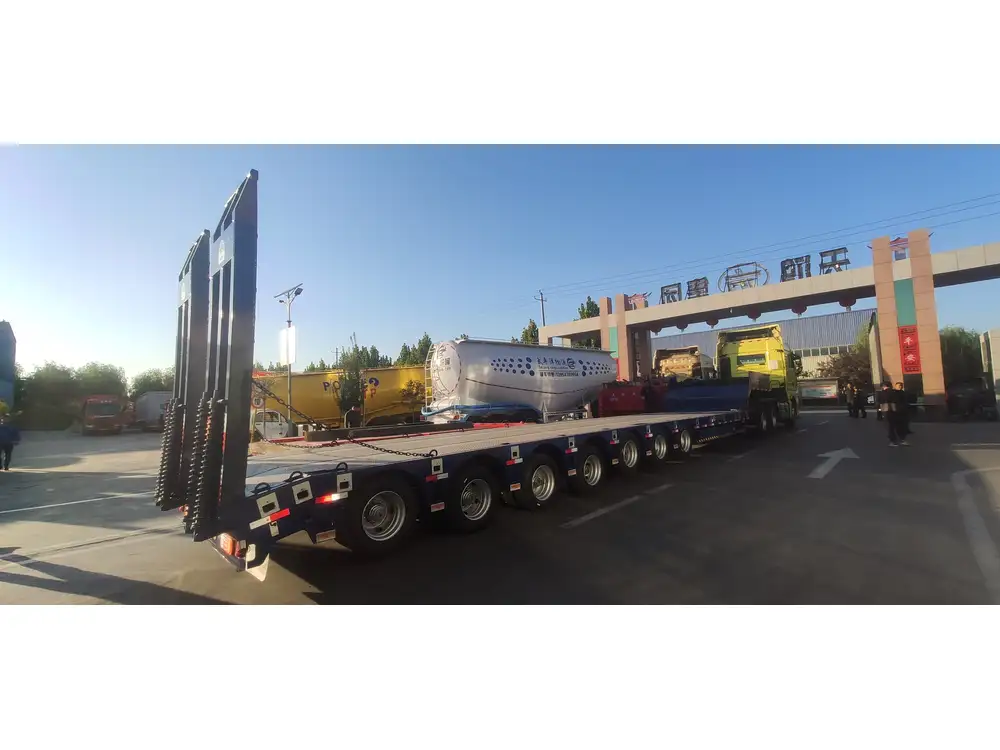
Suspension Systems
Semi-trailers come equipped with various suspension systems to optimize load distribution and comfort during travel. A quality suspension system minimizes wear and tear on both the trailer and the load.
Brake Systems
Invest in semi-trailers with advanced brake systems. Anti-lock braking systems (ABS) enhance safety, particularly in adverse weather conditions.
Regulatory Compliance
Ensure your semi-trailer complies with all local, state, and federal regulations. Non-compliance can lead to significant fines and operational disruptions.
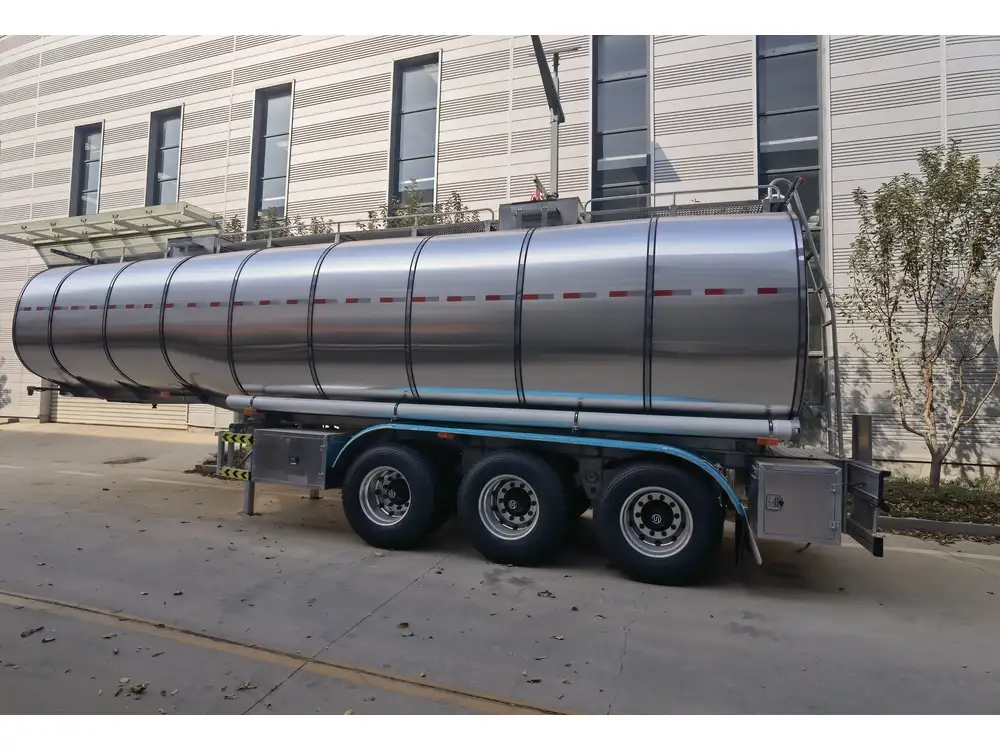
How to Maintain Your Semi-Trailer
Effective maintenance is essential for ensuring the longevity and performance of your semi-trailer. Here are key maintenance strategies:
Regular Inspections
Conduct routine inspections of tires, brakes, lights, and suspension systems to identify and address issues before they escalate. Document inspections for regulatory compliance and warranty claims.
Tire Maintenance
Tires are critical components for safe transportation. Regularly check tire pressure, tread depth, and overall condition. Rotate tires as needed to ensure even wear.

Preventive Maintenance
Implement a preventive maintenance schedule that includes oil changes, brake inspections, and thorough cleaning to prevent rust and corrosion. Regular attention to maintenance helps minimize the risk of breakdowns.
The Benefits of Custom Semi-Trailers
Tailored Solutions
Many manufacturers offer custom semi-trailers tailored to specific business needs. Customization can include specialized load configurations, enhanced aerodynamics for fuel savings, and bespoke design features that improve functionality.
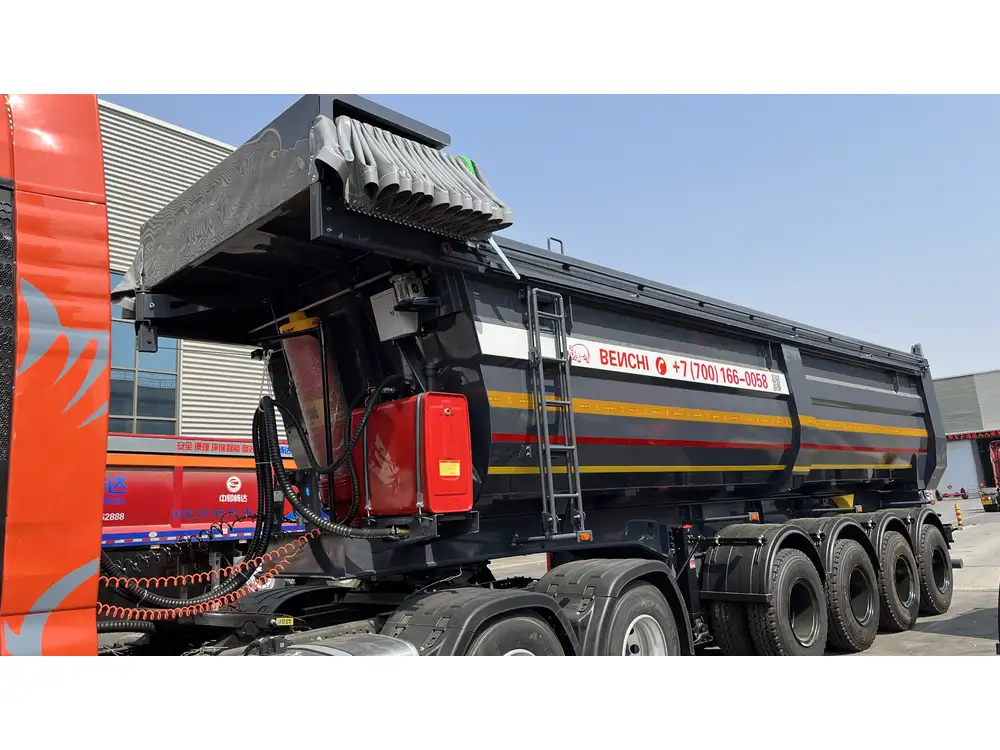
Quality Assurance
Customized trailers often guarantee higher quality standards as they are built specifically for the requirements of the end user. Working directly with the manufacturer can enhance the understanding of your unique needs.
Increased Efficiency
A semi-trailer designed exclusively for your transport needs can improve loading and unloading efficiencies, minimizing delays and optimizing workflow.
Cost Considerations: Buying vs. Leasing
When considering your options, evaluate the financial impact of purchasing versus leasing a semi-trailer.
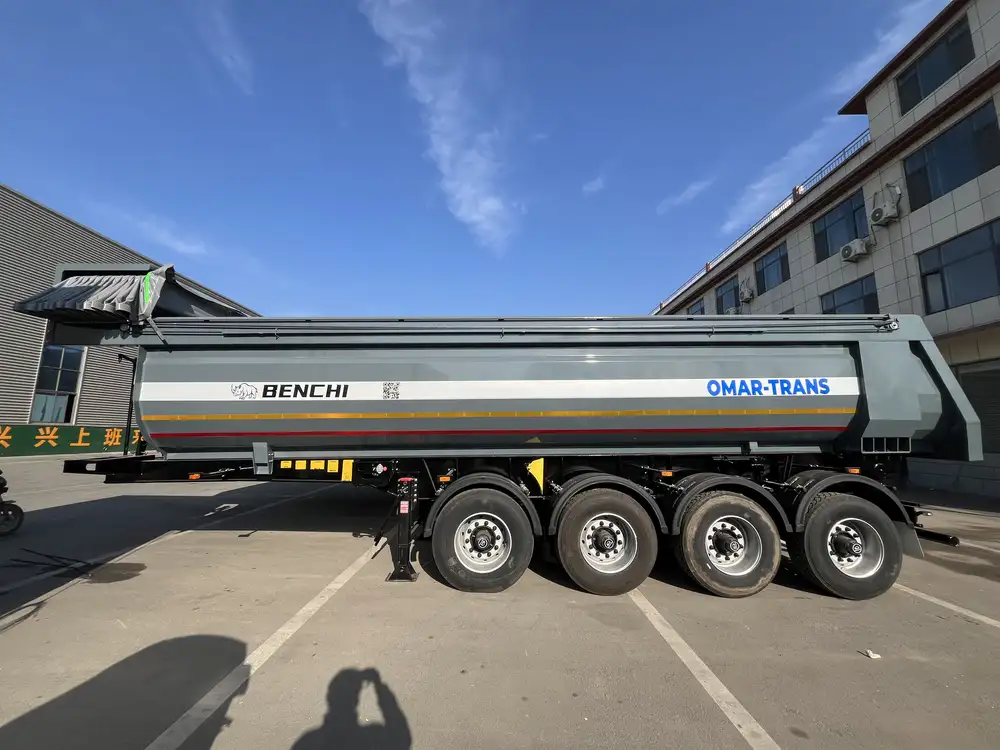
Buying a Semi-Trailer
Pros:
- Long-term investment
- Complete control over modifications
- Potential tax advantages
Cons:
- Significant upfront costs
- Depreciation costs impacting resale value
Leasing a Semi-Trailer
Pros:
- Lower initial costs
- Flexibility to upgrade models
- Lower maintenance responsibilities
Cons:
- Ongoing lease payments
- Limited customization options
- No equity accumulation
Cost-Benefit Analysis Table
| Aspect | Buying | Leasing |
|---|---|---|
| Upfront Cost | High upfront investment | Lower initial costs |
| Long-Term Savings | Generally offers better ROI | Ongoing payments can accumulate |
| Maintenance Costs | Owner responsible for all upkeep | Often included in the lease |
| Flexibility | Static choice until sold | Upgrade options available |

Frequently Asked Questions (FAQs) about Semi-Trailers
What is the average lifespan of a semi-trailer?
Average lifespan varies depending on usage, but a well-maintained semi-trailer can last between 10 to 15 years.
How do I determine the right trailer size for my cargo?
Assess your cargo dimensions and weight, then consult manufacturer guidelines or industry standards for trailer sizes that accommodate those specifications.
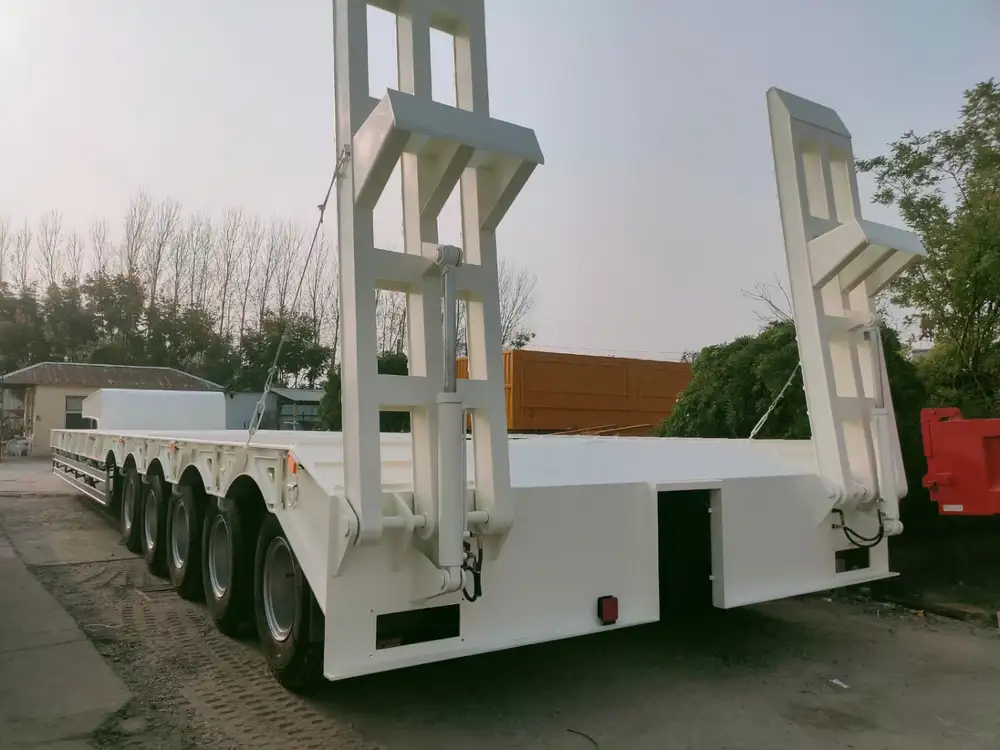
Are semi-trailers equipped with GPS telemetry?
Many modern semi-trailers are now equipped with GPS tracking devices that allow real-time monitoring of location and route, which enhances logistics.
What certifications should I look for in a semi-trailer?
Look for certifications such as DOT compliance, ISO standards, and any industry-specific requirements relevant to your business.
Conclusion
In the world of logistics and transportation, selecting the right semi-trailer is fundamental to maintaining efficiency and ensuring that your goods reach their destination safely. Understanding your cargo requirements, weighing the advantages of different trailer types, and considering your financial options will guide you to the ideal semi-trailer solution for your business.
To further enhance your operational efficiency, consider partnering with a high-quality manufacturer who can provide insights, customization options, and ongoing support tailored to your unique needs. Equip your operations with the right semi-trailer and take a significant step towards optimizing your freight transport capabilities.



